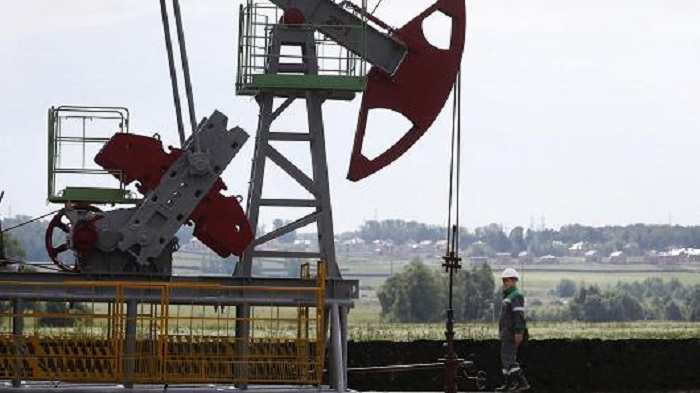"The market is coming into better balance and we maintain the view that the current oversupply will flip into undersupply in 2H," investment bank Jefferies said on Friday.
"Global spare capacity is now 2 million barrels per day(bpd), or about 2 percent of global demand. This is a precariously low level," it added.
Brent and WTI have risen by almost a third from April troughs and are up over 75 percent above their 2016 lows, lifted by falling output and a weakening dollar, which has dropped more than 6 percent against a basket of other leading currencies this year.
But Deutsche Bank said a looming rise in production by members of the Organization of the Petroleum Exporting Countries (OPEC) — due to climbing Iranian output and following outages in Iraq, Nigeria and the United Arab Emirates — could cap recent oil price rises.
"A sustainable rise in OPEC production may be just around the corner, and ... the rally may pause," the bank said.
"Maintenance in the UAE ... is scheduled to end in April, implying a rise from current production of 2.73 million bpd to the previous 2.91 million bpd production rate in May," Deutsche said.
Additionally, Saudi output is expected to edge up by 350,000 barrels to around 10.5 million bpd, sources told Reuters, just as dozens of tankers filled with unsold oil are currently at sea seeking a buyer.
One of the main repercussions of the global oil price rout between 2014 and early 2016 has been a deep economic crisis in crude export-reliant Venezuela, where political risk consultancy Eurasia Group said the government faces default as the state runs out of cash to keep its oil pumps running.
"The government needs to invest about $15 billion per year to maintain current production (2.4 million bpd), and mounting problems will probably lead to a decline of 100,000-150,000 bpd this year," Eurasia Group said.
"Barring a meaningful recovery in oil prices or fresh loans from China in the second half of the year, scarce foreign exchange will probably force the state to default later this year, most likely in the fourth quarter," it added.
More about:
















































